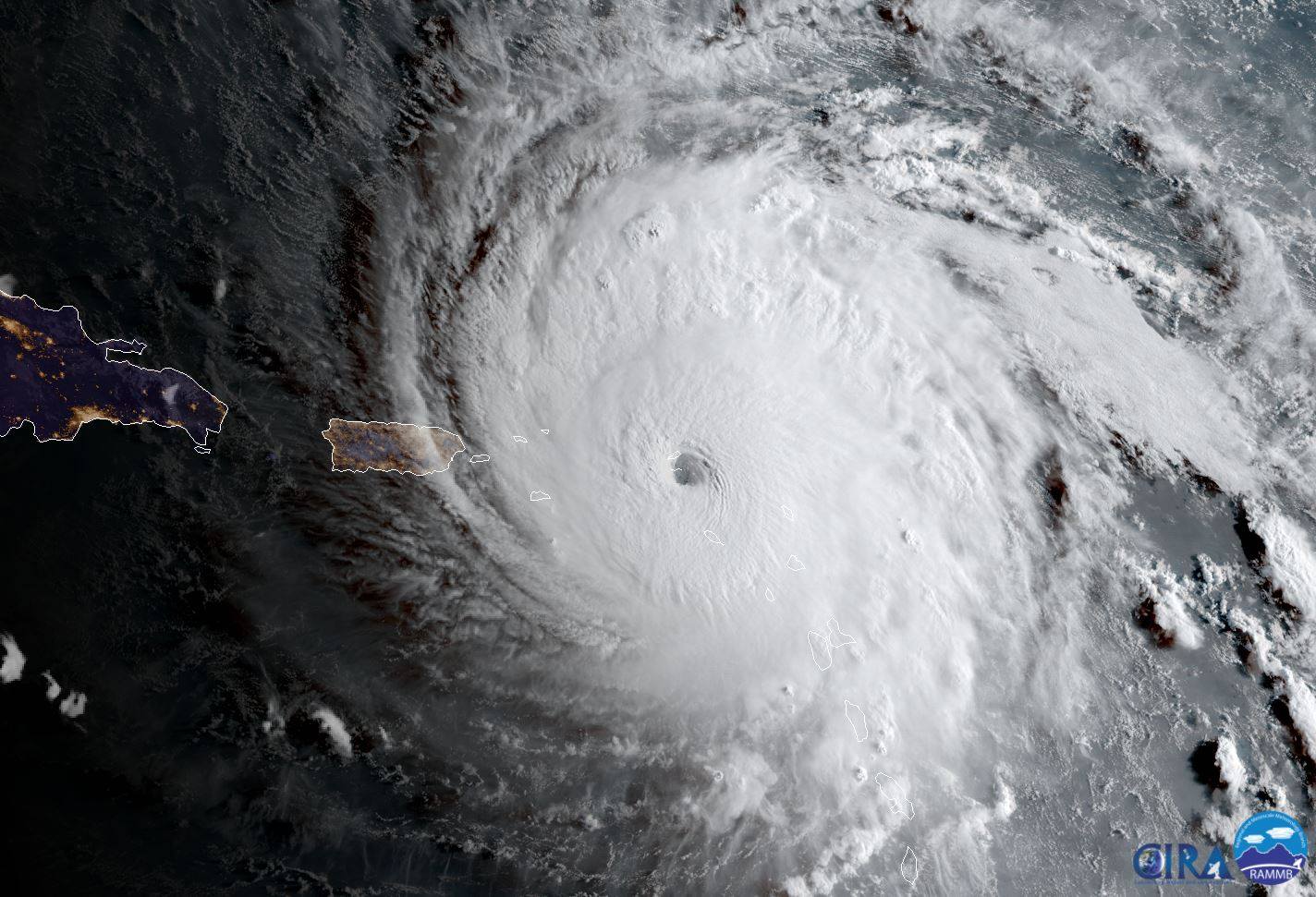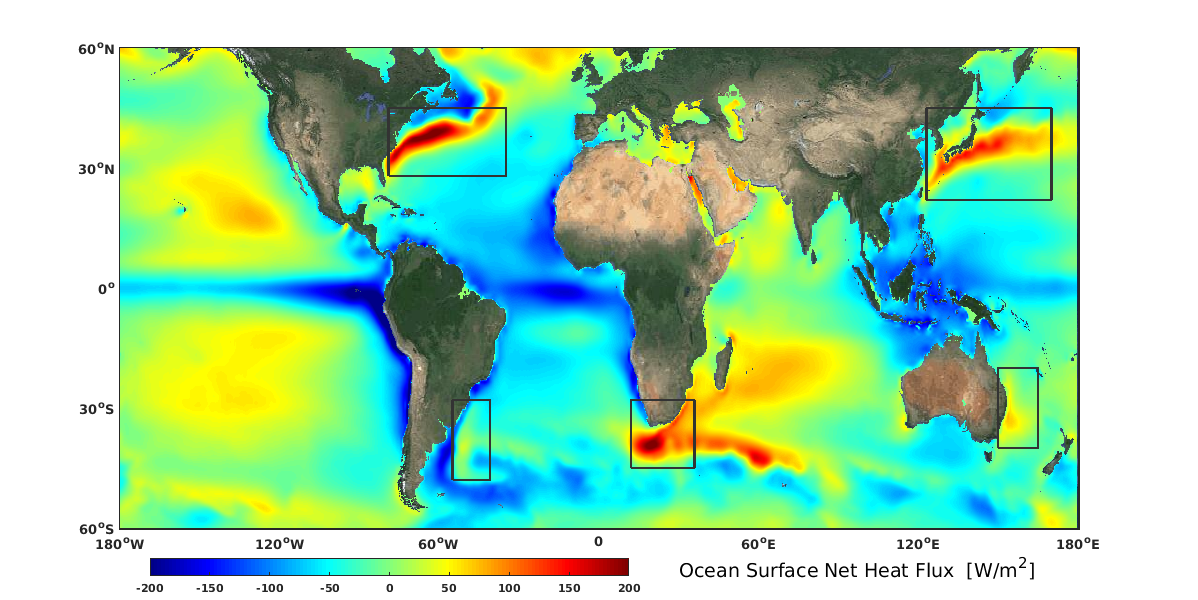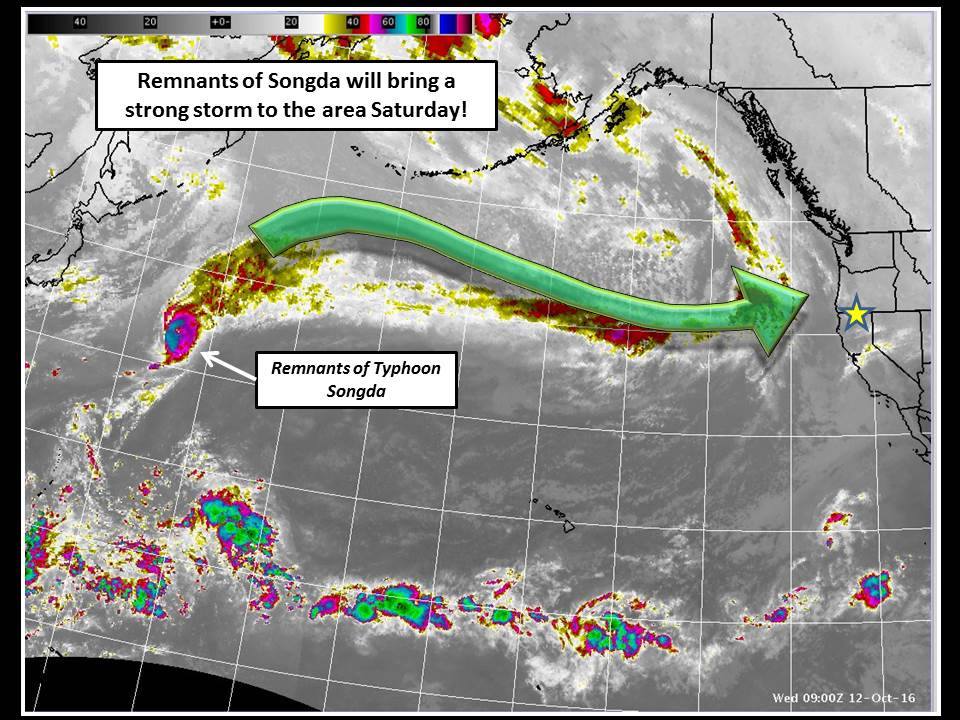
Reports show that climate change could already be supercharging tropical storms. This was something that climatologists around the world believed would occur, but it was unclear how soon this would start happening. Scientists now believe they have found evidence of this occurring already. Not only do they believe that these storms are intensifying, but that they also could be helping warm the planet faster.
Scientists in China believe they have found evidence that tropical cyclones are intensifying in the Western Pacific Ocean. They found this by looking at the Kuroshio Current. The Kuroshio Current to China is akin to the Gulf Stream that runs up the eastern coast of the United States. This current brings warm water from the equator toward Japan like the Gulf Stream brings warm water from the equator to the Caribbean and the Eastern U.S.

In the past 20 years, the wind that usually drives the current has decreased roughly 30%, but the Kuroshio Current has not slowed as much as expected. This lead scientists to delve deeper into what was influencing the current. They concluded that tropical cyclones have been influencing oceanic eddies, also called mesoscale eddies, causing the current to flow at a higher intensity (when the eddie was spinning counterclockwise) than what it should have been.
Troublingly, scientists believe that these new changes in the Kuroshio Current could lead to a potential positive feedback loop. A stronger current would allow more heat to travel from the equator to higher latitudes, warming the region faster than before. In turn, this might fuel even more supercharged storms that would further strengthen the current moving the warm water, and the cycle continues.
At the moment it is unclear if the same situation is affecting the strength of storms and current in the Atlantic Ocean. More observations need to be conducted, but some of the scientists believe a similar scenario is playing out there as well. As more research comes out it will be interesting to see how much these storms will contribute to climate change and if their local effects have global consequences.
Ok but I bet you are asking yourself, “Could this affect snow with more consistently large storms?”. Well, I wish that I could give you a definitive answer (Hopefully as a YES), but there is a lack of research on the subject yet. These storms do often fall apart and drift back to the Western Coast of the United States. A lot of snowfall comes from the remnants of the typhoons so who knows what stronger ones will do. We can all pray to the snow gods that these storms can bring heaps of white powder for us to slide down.
